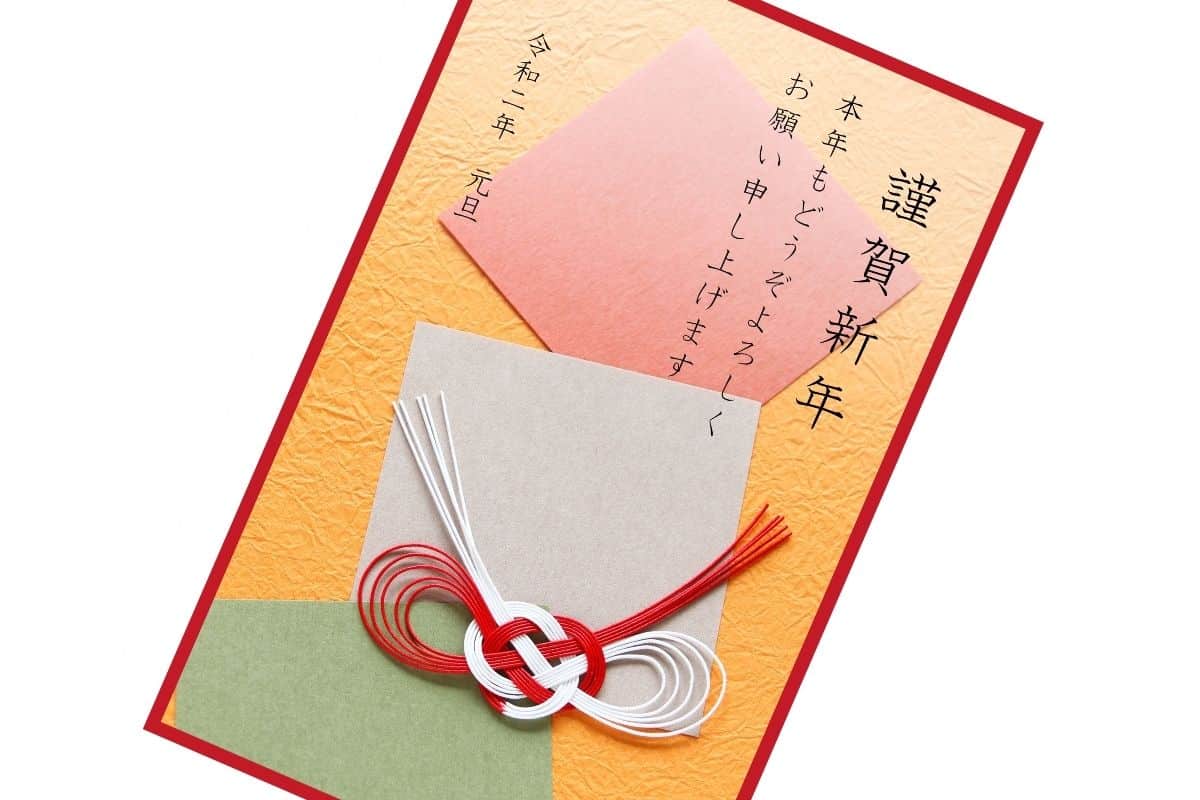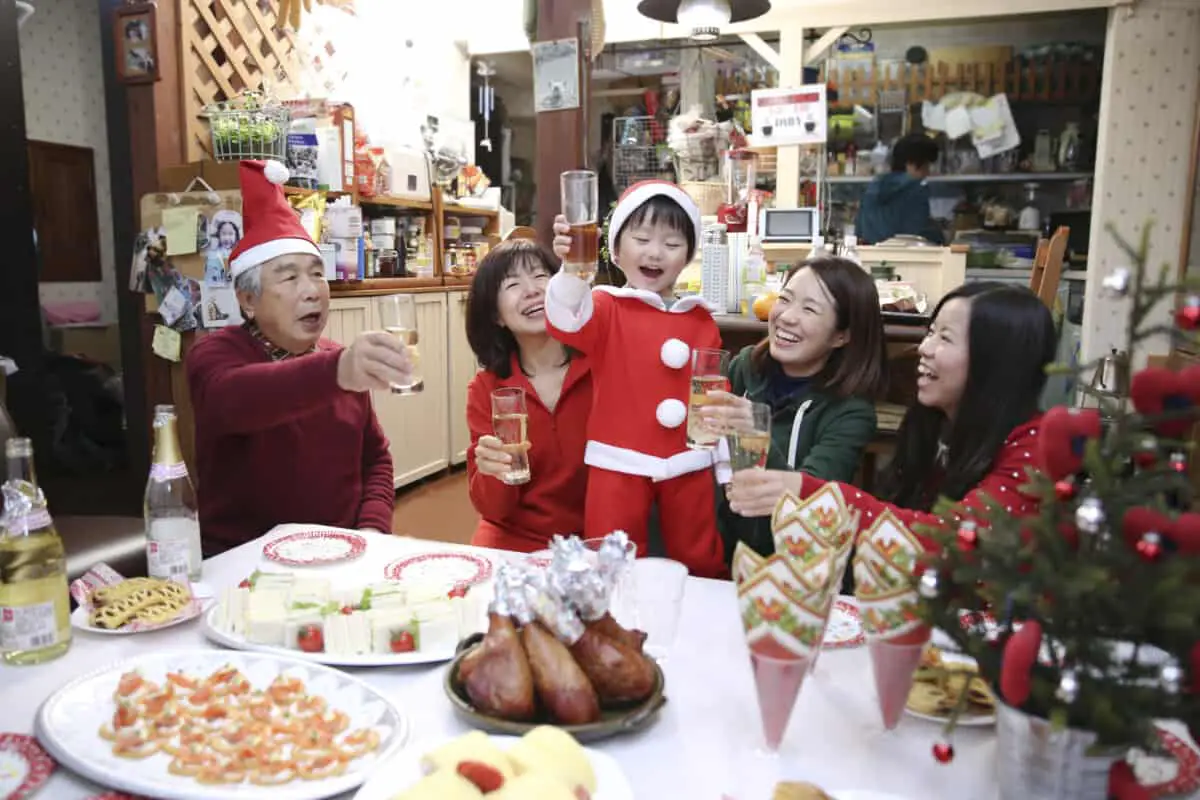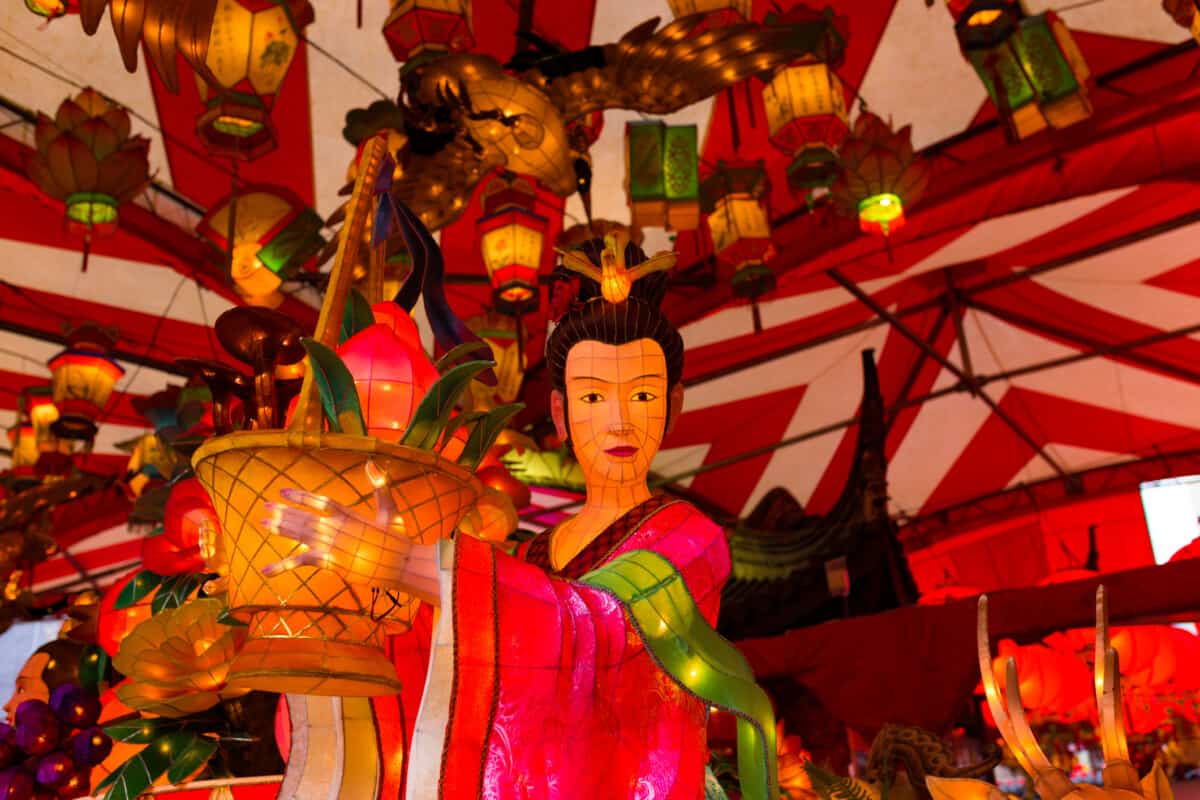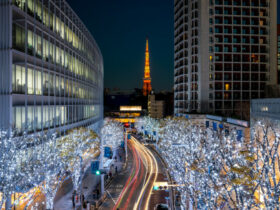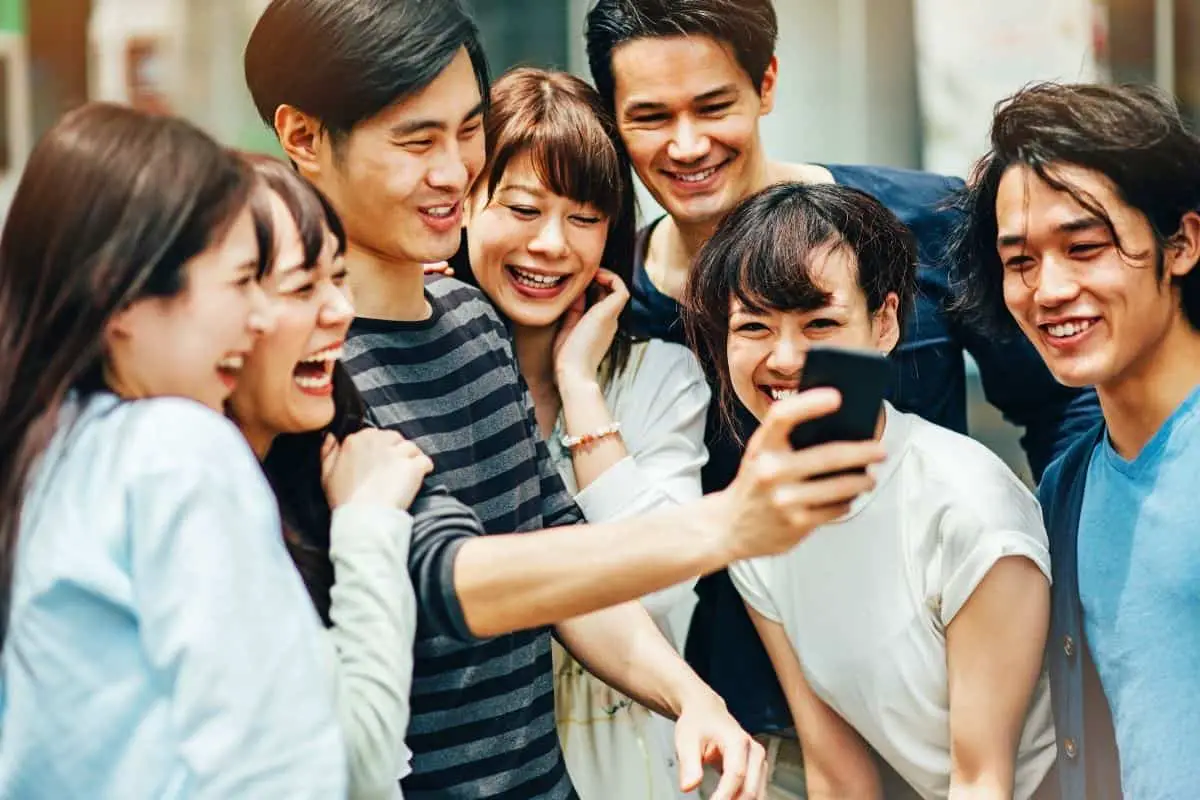The New Year in Japan is a special holiday burgeoning with a host of traditions, customs, and celebrations. One of these is nengajo (年賀状). This is a longtime custom with a definitive purpose of card giving to everyone within a person’s sphere of influence. Friends, family, coworkers, and even distant family receive them.
But, they begin sending them out right before December 25th to guarantee timely delivery. This is because these holiday cards must arrive on January 1st, not before or after.
If you’re interested in participating in this time-honored tradition, keep reading on so you can ensure you follow the right etiquette and avoid any faux pas.
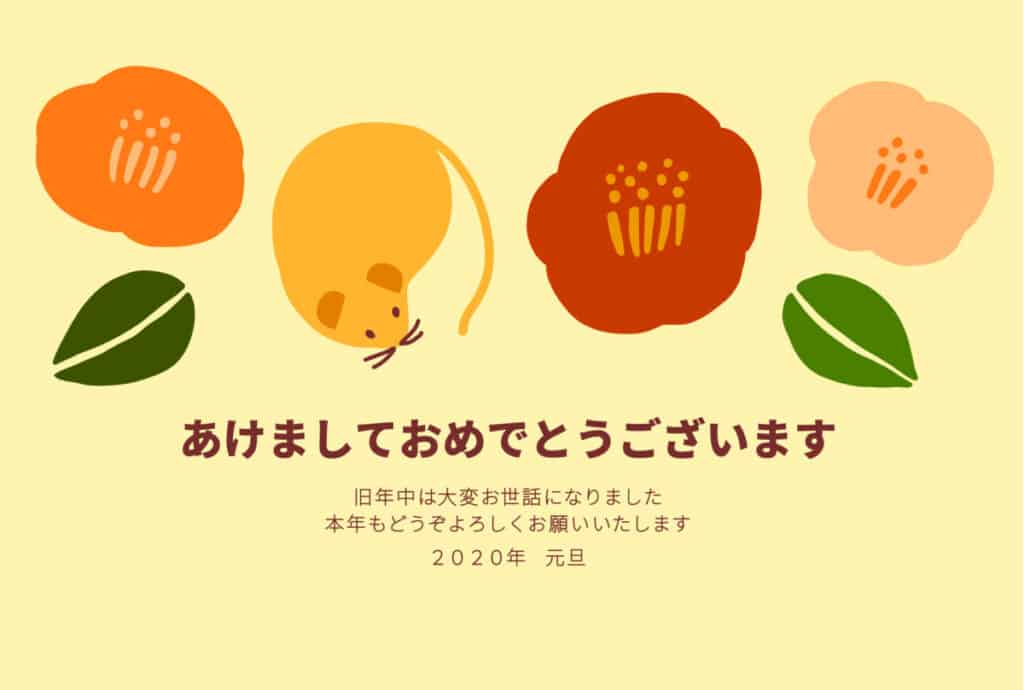
The History of Nengajo
Unlike many Japanese customs, which are ancient in comparison, nengajo started in the later parts of the 1800s. However, there’s evidence for something like them during the Heian Period of the 11th century AD. But, historians postulate this could have existed much earlier than that.
The cards became a natural development since they were already visiting friends and family on New Year’s.
Nobility, in particular, would write greeting letters to those dear friends living in distant areas. With this being in January, certain parts of the country are inaccessible due to snow.
Nengajo ; the Post Office
Nengajo occurs on January 1st each year and these cards don’t require purchasing postage (card has postage included cost). That is, of course, unless you intend to send it overseas. Then there’s a fee of ¥7 ($0.06 USD). For these, the sender writes “postcard” and “air mail” in horizontal alignment under the receiving address.
But for mailing within the country, the Japanese begin sending their cards between December 15th and 25th. The postal service collects these, places a special stamp on them, and stores them for guaranteed delivery on January 1st.
To illustrate how enormous this undertaking is, in 2021, they delivered almost two billion nengajo. However, 1997 was their biggest year, sending out just fewer than four billion cards.
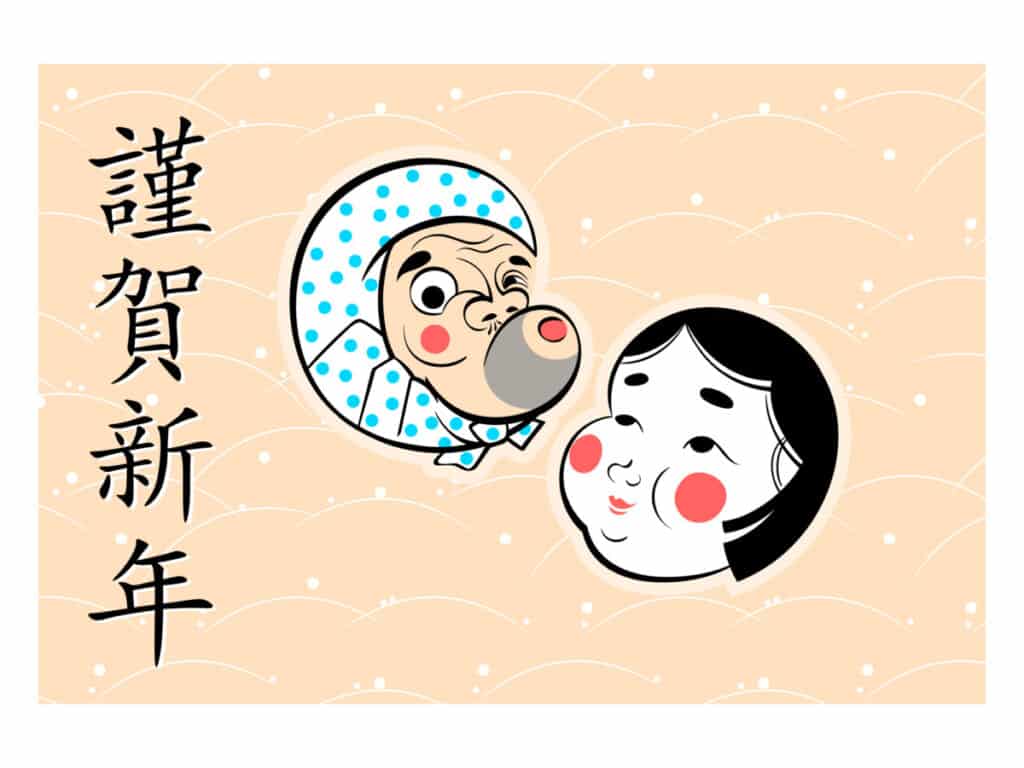
The New Year’s Lottery
Upon receipt of such a New Year’s card, people can participate in a lottery using the numbers on the back of each card.
These numbers come from the Japan postal service after people hand them in or put them in a special postal slot for these special holiday cards, called nenga hagaki (年賀はがき).
The announcement of the winning number happens around mid-January, usually on the 15th. People win things like flat-screen TVs to free vacations and even laptops, money, appliances, or rare food items.
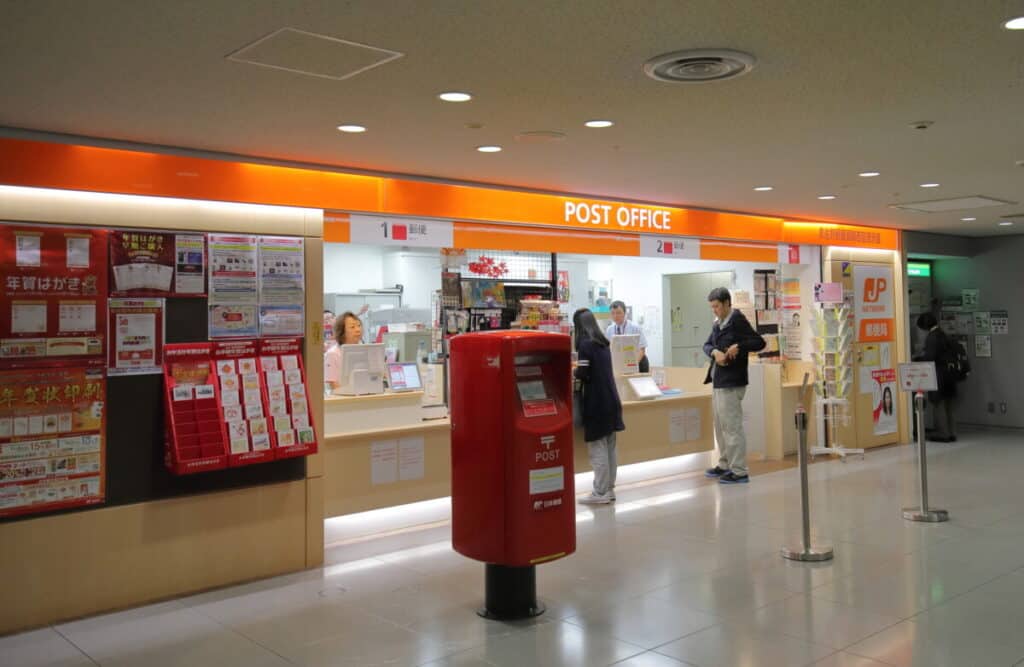
This practice came about in 1949 after World War II when a Kyoto man thought it would be a good way to do welfare checks and brighten up the country’s mood.
Etiquette and Traditions of Nengajo
Nengajo is a big business in Japan and it’s a very huge deal. They literally give cards to everyone, even people they don’t like. This is because the Japanese believe in an individual’s social duty, called giri (義理).
Ever since its inception, a number of traditions have developed in conjunction with it. For instance, New Years’ cards come addressed by hand.
This is true even if the entire card is otherwise a printout. The idea is to send well-wishing and greetings to anyone who has looked out for your best interests over the previous year.
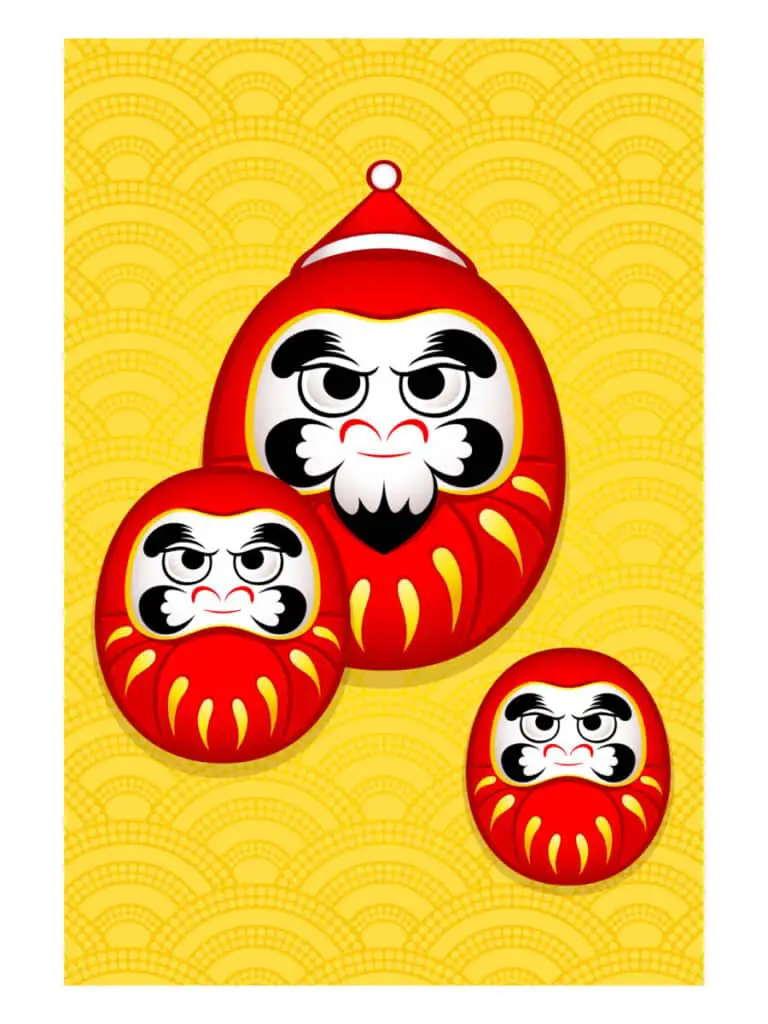
Reciprocation Is Compulsory
Also, if you receive one from someone you haven’t yet gotten to, you must return the favor ASAP. It’s a social faux pas and considered derelict in your giri.
But, you do have a window of acceptable time to get a return card in. The next date of opportunity is January 3rd.
However, as long as the recipient receives the card by January 7th, you’re in the clear. Any time after that, then you send a regular winter greeting card, called kanchuu mimai (寒中見舞い).
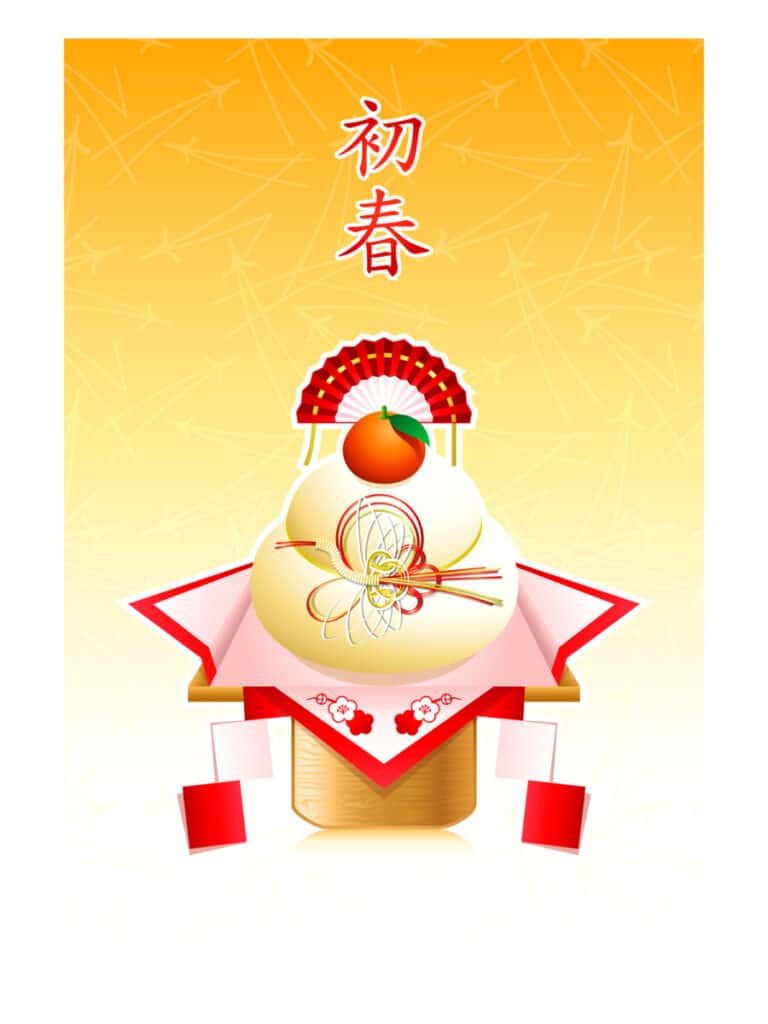
Exceptions in Cases of Bereavement
There are some exceptions to sending New Years’ cards in Japan. For instance, if someone had a family member die, they aren’t going to send any cards for New Year.
Instead, they send out “mourning postcards,” called mochū hagaki (喪中葉書). They do this prior to the holiday so everyone knows they won’t accept or send any News Years cards.
Card Designs and Styles
Oftentimes, the most common New Years’ card design is that of the current zodiacal year. For instance, in 2020, it was the year of the mouse, 2021 was the year of the cow, and 2022 is the year of the tiger. It’s common for them to appear in the style of a kokeshi doll or cartoon.
However, they will also send cards with images like the Japanese Rising Sun, Mount Fuji, the Great Wave of Kanagawa, or even Hello Kitty or Mickey Mouse. Usually, people print or buy them.
These are available at most stationery stores or other places where they vend cards. Electronics and convenience stores will print them out too. Usually, they cost somewhere around ¥63 ($0.55 USD).
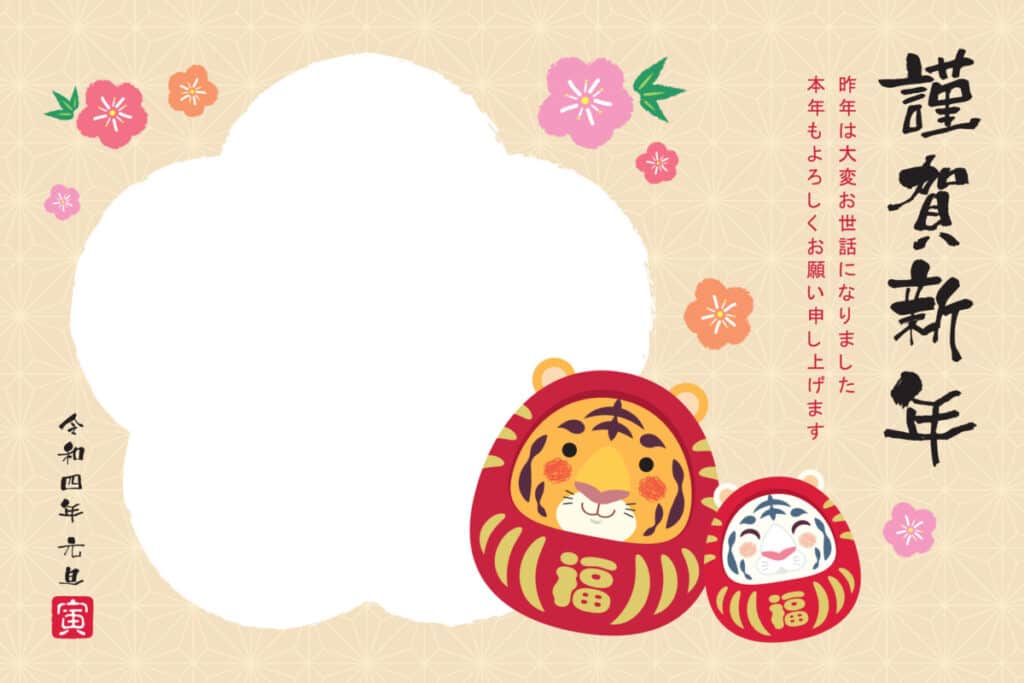
Handmade Cards
However, handmade cards project a special sentiment. In fact, it’s ideal to make the card yourself since it allows you to write your own message, called nenga (年賀).
There are nengajo templates people can buy and then they apply their own inks, stamping, and artwork. Some people go all out with elaborate calligraphy and use metallic leafing.
Devising Nenga
There are different phrases to use on the cards as well. Of course, this will depend on their status in your life and how close you are to that person.
Personal notes are advisable, but not required. However, some of the more common things to say are:
- Happy New Year!: Shinn-en akay-mashite omay-detoo goeszai-masu (明けましておめでとうございます) / Kingha shinn-en (謹賀新年) / Shinn-en omay-detoo goeszai-masu (新年おめでとうございます) / Key-ooga shinn-en (恭賀新年)
- Thank you for all your support last year: Sak-oo-nen-juu wah iroh-iroh toe osay-wah nee naree-mashita (昨年中は色々とお世話になりました)
- Thank you for sharing good favor and look forward to it again this year: Ko-toshi mo doo-zo yoro-shikoo onay-gai itah-shimasu (今年もどうぞよろしくお願いいたします )
- I am praying that it is a year of good health and happiness for you: Go-kenkoo day shiahwahse-na ichin-en day aree-masu you o-inori itah-shitay ore-masu (ご健康で幸せな一年でありますようお祈りいたしております)
- This year, too, let’s both fully enjoy our work and our play to make it a fulfilling year: Koto-shee mo, otah-gai nee shee-goto mo asowbee mo omo-ikkiri tano-sheemee, joooo-jitsoo shee-ta ichin-en nee shee-tai mono desoo nay (今年も、お互いに仕事も遊びも思いっきり楽しみ、充実した一年にしたいものですね)
- Thank you for all the fun time we spent together last year: Sakoon-en wah takoo-san no tano-sheeee jee-kan woe is-sho nee sugo-sheetay kuray-tay, aree-gatoo goeszai-masu (昨年はたくさんの楽しい時間を一緒に過ごしてくれて、ありがとうございます)
- I hope our good relationship and support continues this year: Hone-nen mo kah-wah-ranu otsoo-kiai woe onay-gai itah-shimasu (本年も変わらぬお付き合いをお願いいたします)
Finalizing the Card
When finished writing greetings or personal messages, you write down “New Year’s Day,” or gantan (元旦). So, for 2022, you would use 二〇二二年 元旦 or 令和四年 元旦 (2022nen, gantan or Reiwa 4nen, gantan, respectively).
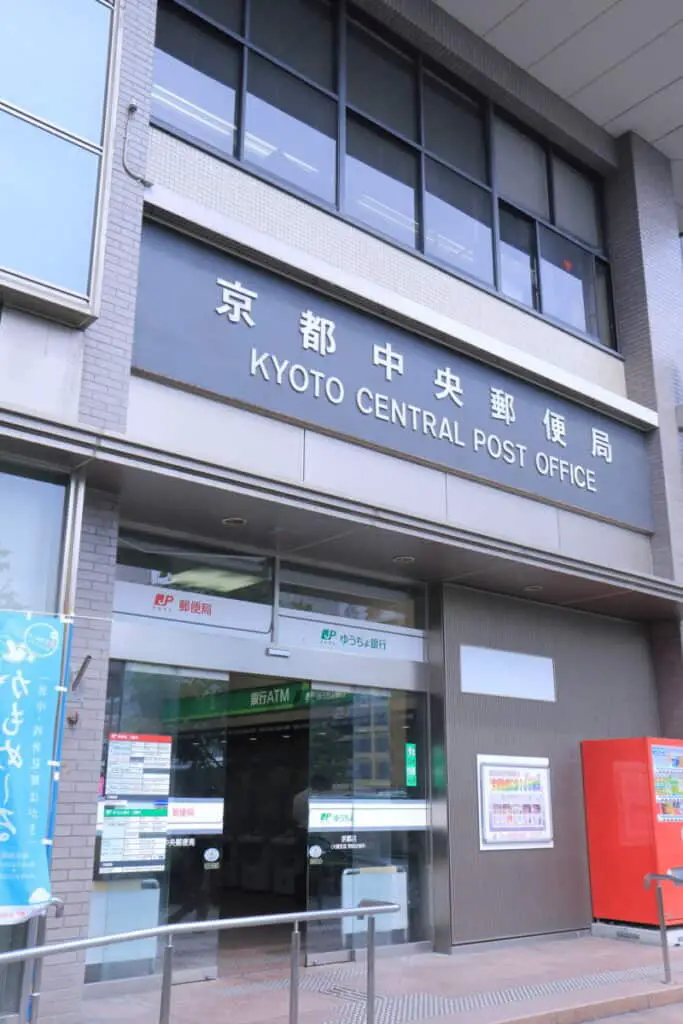
For foreigners, postal workers are happy to help in the event of a mistake.
They’ll either give you a new envelope and help you write the proper information or give you a new postcard with a stamp. Of course, there will be a small cost involved.

